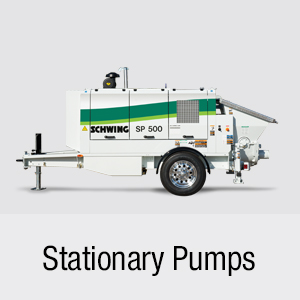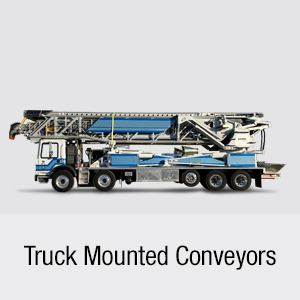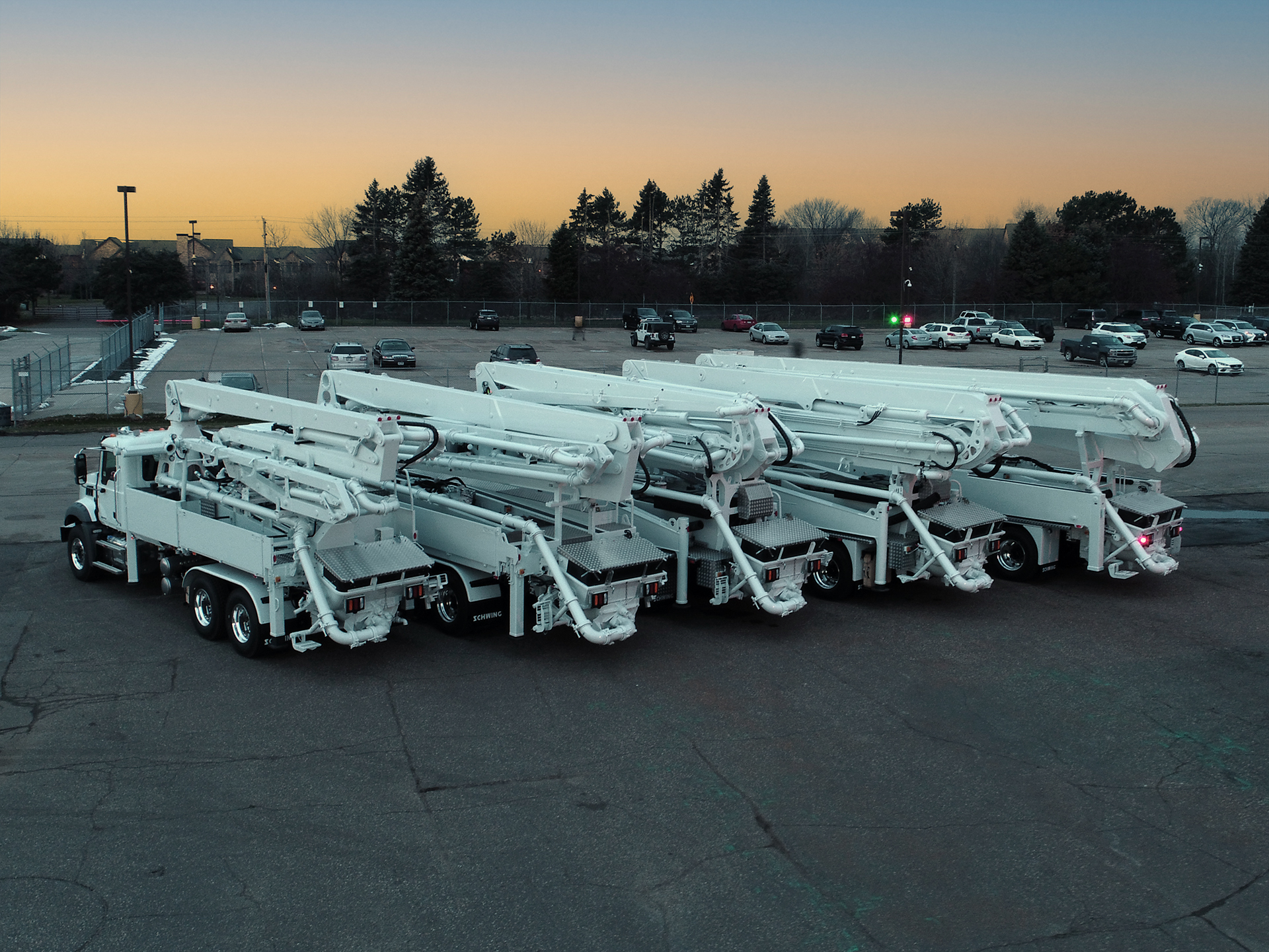One of the more robust tax incentives introduced over the past several years has been Bonus Depreciation. This tax provision allowed companies to accelerate depreciation on equipment to the year it was purchased and write the amount off on their taxes to lower their tax liability. This made it especially useful to concrete pumping companies who make large-ticket capital equipment purchases.
The Tax Cut and Jobs Act of 2017 expanded Bonus Depreciation to 100% of an item’s purchase price. This meant a company could depreciate and write off the entire cost of purchases in the year they were acquired (as opposed to taking smaller depreciation amounts each year). This had a marked effect on lowering the tax obligations of companies who bought large equipment.
However, written into that 2017 Act was a planned phase-out, which begins in 2023 and continues through 2026. Since minimizing taxes is high on any company’s wish list, those entities that rely on Bonus Depreciation to lower their taxes should be aware of these changes.
Bonus Depreciation in a Nutshell
Bonus Depreciation was introduced in 2002 to encourage businesses to self-invest by buying capital equipment. It allows companies to depreciate a large chunk of an item’s purchase price in year one.
The way depreciation normally worked was to use the Modified Accelerated Cost Recovery System, or MACRS for short. The MACRS depreciation schedule is what the IRS uses, and it includes all categories of business equipment. On the MACRS table, trucks and heavy equipment (like concrete pumps) typically carry a five-year schedule, so normal depreciation would be 20% yearly for five years.
Bonus Depreciation allows companies to claim a larger chunk of the depreciation the year equipment is purchased. Back in 2002 it was 50%, but in 2017 it was raised to 100%. This allowed companies to fully depreciate purchased assets immediately and write off the entire cost on their taxes. Subsequently, Bonus Depreciation has proven extremely popular with companies who purchase large equipment.
Starting in 2023, the program is beginning a phase-out. For equipment purchased in 2023, first-year Bonus Depreciation is 80% of the purchase price. This falls to 60% in 2024, 40% in 2025, and 20% in 2026; in 2027, the program will cease to exist.
Please note that the overall deduction is not reduced; the remaining percentage is then just spread out using the MACRS depreciation schedule.
How Bonus Depreciation and Section 179 are Same but Different
Since they are both accelerated depreciation schedules and often talked about together, many people think Section 179 and Bonus Depreciation are the same thing; however, there are several crucial differences.
The Limits are Different
Section 179 has hard cap limits, both in the write off amount and the total amount a company can spend on capital equipment. For 2023, Section 179 has a deduction limit of $1.16 million, and the spending cap on all equipment purchases is $2.89 million. Once that spending limit is reached, the deduction reduces dollar-for-dollar until it disappears (so companies that spend $4.05 million on equipment would receive a $0 deduction with Section 179). There are no limits on Bonus Depreciation; a company may spend as much as they wish on equipment and use Bonus Depreciation on all of it. The two can also be combined; companies can take the maximum Section 179 deduction and then use Bonus Depreciation on the rest.
The Flexibility on Which Equipment to Include is Different
Section 179 is very flexible and allows a company to cherry-pick which equipment purchases to claim. Companies can also take the bonus depreciation deduction after the $1.16 million Section 179 deduction is reached. Bonus Depreciation is more rigid. Remember the MACRS classification mentioned earlier? With Bonus Depreciation, once applied to one item in a certain class, then it must be applied to all items of that class purchased that year.
Revenue Differences
Only companies that show a profit can use Section 179. And further, using Section 179 cannot result in a loss. There are no profit or loss restrictions on Bonus Depreciation, which can make this attractive for companies that want to create a loss.
Who Is Affected by the Phase-out?
Any company that buys equipment may be affected. It all depends on how they (or their accountants) plan to depreciate purchases. Indeed, many companies may not know exactly which depreciation schedule their accountants use, but it’s important to find this out in 2023.
Spending may also come into play (remember Section 179’s limits). This makes the phase-out particularly impactful for companies who are planning a large equipment spend.
Strategies for Affected Companies
While many companies are likely to be affected, there are a few strategies they can deploy to lessen the impact.
The first strategy is to accept the 80% cap, as it’s still a substantial number. In fact, if a company has plans for a large 2024 equipment spend (and was planning to use Bonus Depreciation), it might be advantageous to move those purchases to 2023 since 80% is better than 2024’s 60%.
However, if a company’s equipment spend will be under Section 179’s limits, simply using that deduction over Bonus Depreciation makes a lot of sense. Even once the Section 179 limits are reached, using the entire Section 179 deduction and then taking 80% on what’s left over can still result in a much lower tax bill.
Lastly, a company can consider leasing equipment instead of buying/owning it, especially in future years when the bonus depreciation becomes closer to zero.
The 2023 Bonus Depreciation phase-out will affect concrete pumping companies relying on it for a tax deduction, but there are practical approaches companies can use to mitigate the smaller percentages. Whether it's acting sooner on future purchases to take advantage of 2023's 80% rate or turning to Section 179 instead, companies should be aware of Bonus Depreciation's phase-out and utilize all tax deductions available to them.








